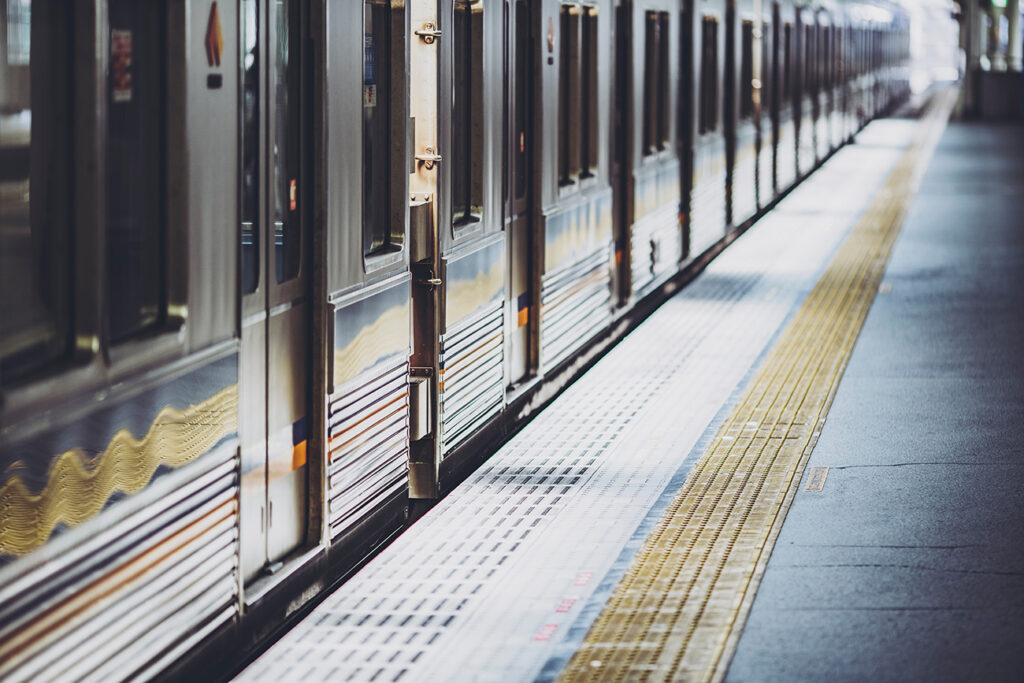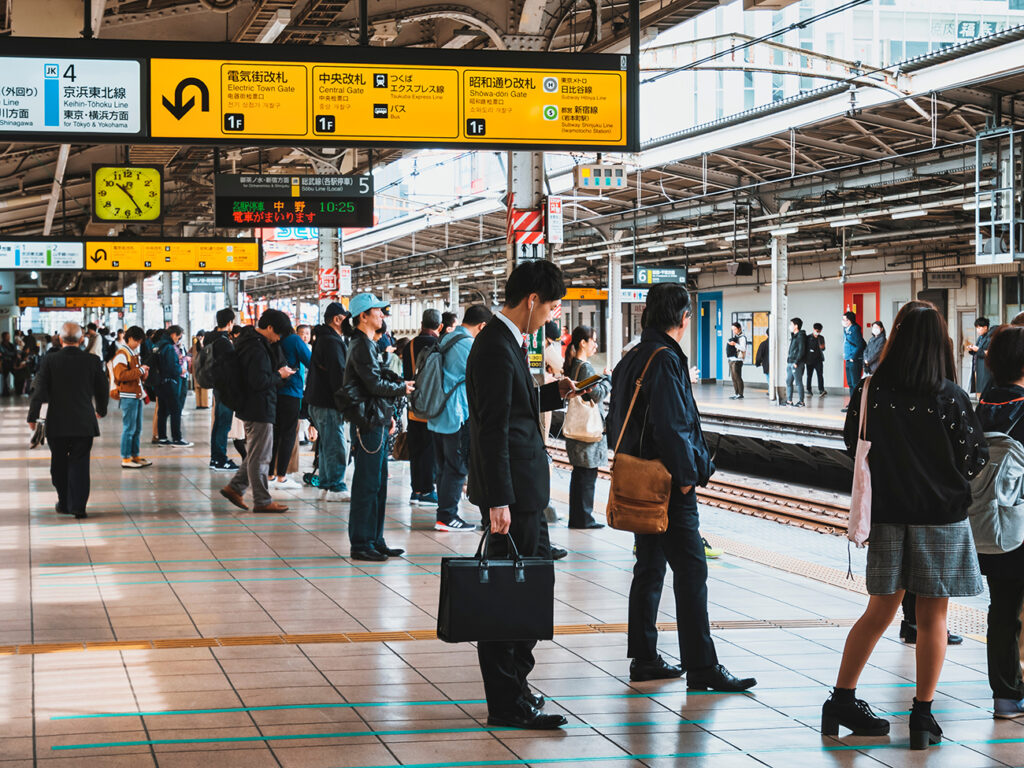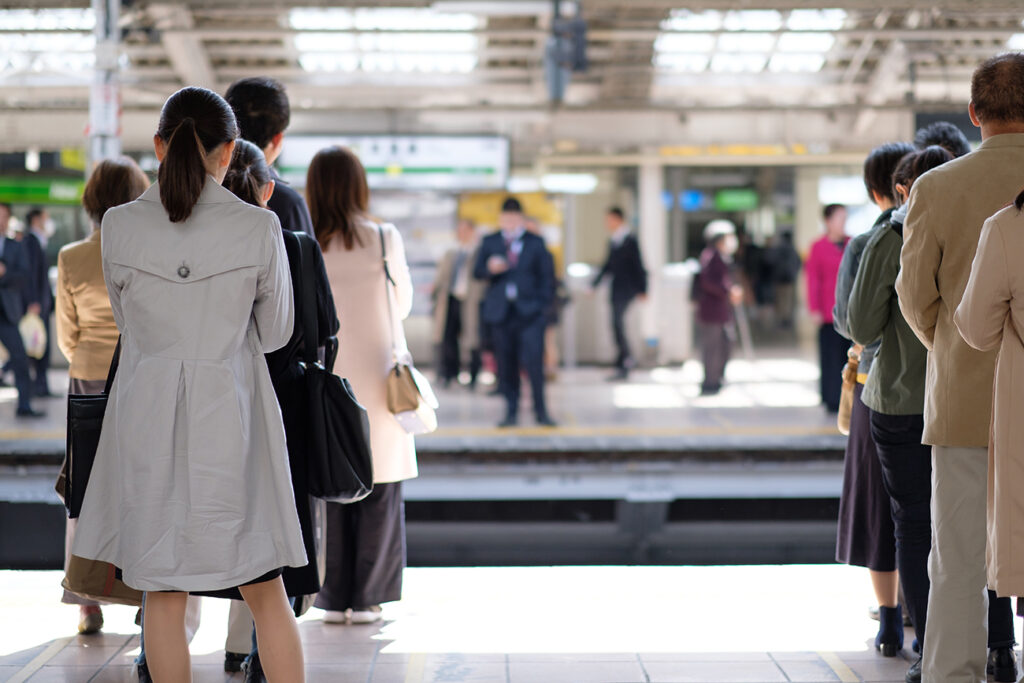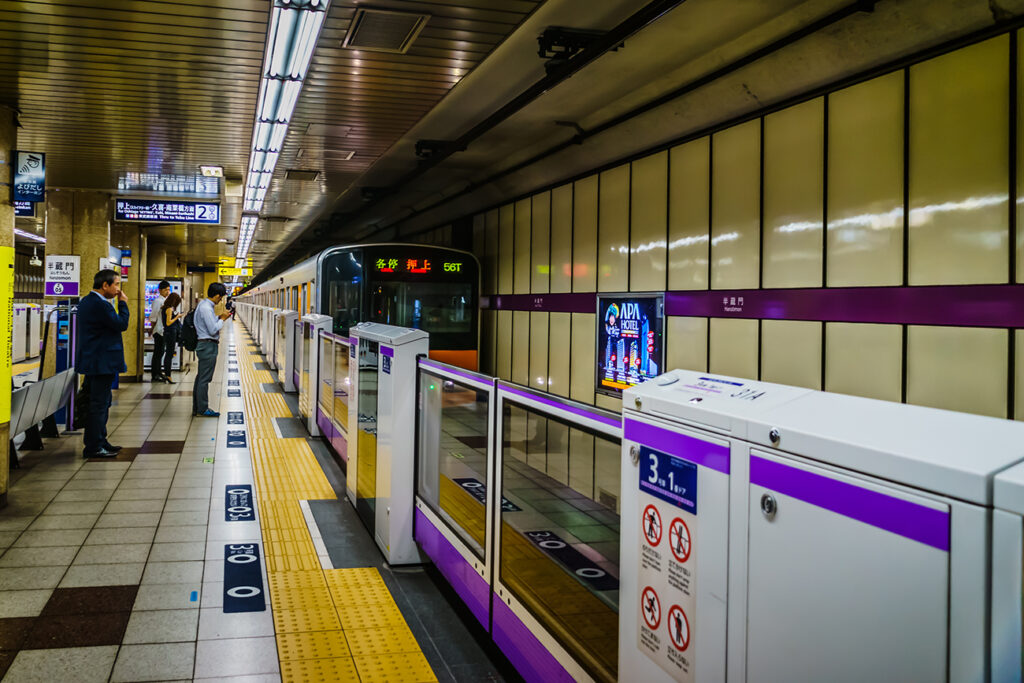
Navigating Japanese Train Platforms: Key Tips and Vocabulary
Waiting at a Japanese train platform can be tricky due to the abundance of signs and markings. Understanding where to stand can be the difference between catching or missing your train. This guide will introduce you to key vocabulary and symbols you’ll encounter at Japanese train stations, helping you navigate like a pro. Train Platform Vocabulary and Signs
Train Platform Vocabulary and Signs
Multiple train routes often use the same platform, and different trains have varying car lengths, leading to different car numbers appearing in the same space. Here are some key terms and signs you’ll see:
- 15両(15 Ryō): A train with fifteen cars.
- 2号車(2 Gōsha): Car No.2.
- 増4号車 (Zō 4 Gōsha): Additional car No.4.
- Route name/ Train name: Indicates the specific train route.
- グリーン車(Gurīn-sha)乗車口 (Jōshaguchi): First-class car door.
These signs help you identify where to stand on the platform based on the train’s car configuration and the type of train. Pay attention to added cars, as certain trains may have different lengths (e.g., 10 cars vs. 15 cars). For instance, “added car #4” is different from “car #14,” so ensure you’re standing at the correct entrance.
Additional Key Vocabulary
- 5号車(Gōsha): Car No.5.
- 乗車口 (Jōshaguchi) 11: Door No.11.
- 15両(Ryō): A train with fifteen cars.
- Route name/ Train name: Indicates the specific train route.
- 整列乗車 (Seiretsu Jōsha): Lining up for the train.
- 10両編成 (10-Ryō Hensei): A train with ten cars.
- 編成 (Hensei): Consisting of / Composed of.
- ホーム (Hōmu): Platform.
- 先発 (Senpatsu): The earliest/next train.
- 次発 (Jihatsu): The next/following train.
Platform Markings
- Circles, Triangles, and Numbers: Indicate where train doors will open. Check electronic signage to know if your train’s doors align with circles or triangles and line up accordingly.
- Yellow Lines with Raised Bumps: Found on platforms, bus stops, and sidewalks to assist the sight-impaired and mark a safe distance from the platform edge.
- Women-Only Cars: To prevent harassment, many trains have cars reserved for women, marked with a large pink sign. Typically in effect on weekdays from 9 AM to 5 PM.
- Check the Train Information Display: It shows which routes stop at the platform, the number of cars, and where each door opens.
- Follow Floor Markings: These help you line up correctly and avoid confusion.
- Electronic Signage: Look up to check where your train’s doors will open.
For more information on navigating Japanese train stations, visit the Japan Rail Pass guide.
Additional Resources
- Shinkansen Tickets
- Seishun 18 Kippu Train
- Pasmo & Suica Cards
With these tips and vocabulary, you’ll navigate Japanese train platforms with ease and confidence. Enjoy your journey!


